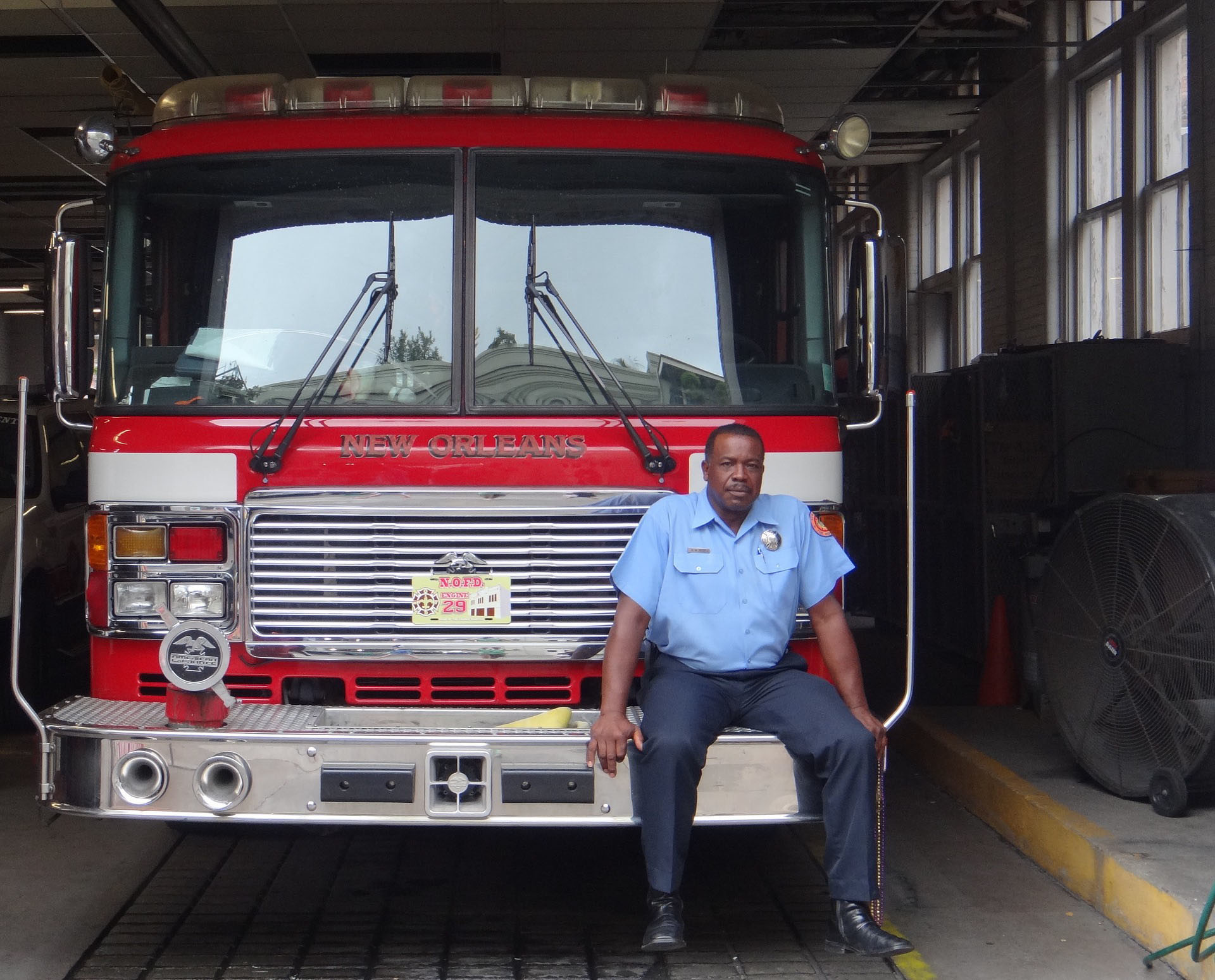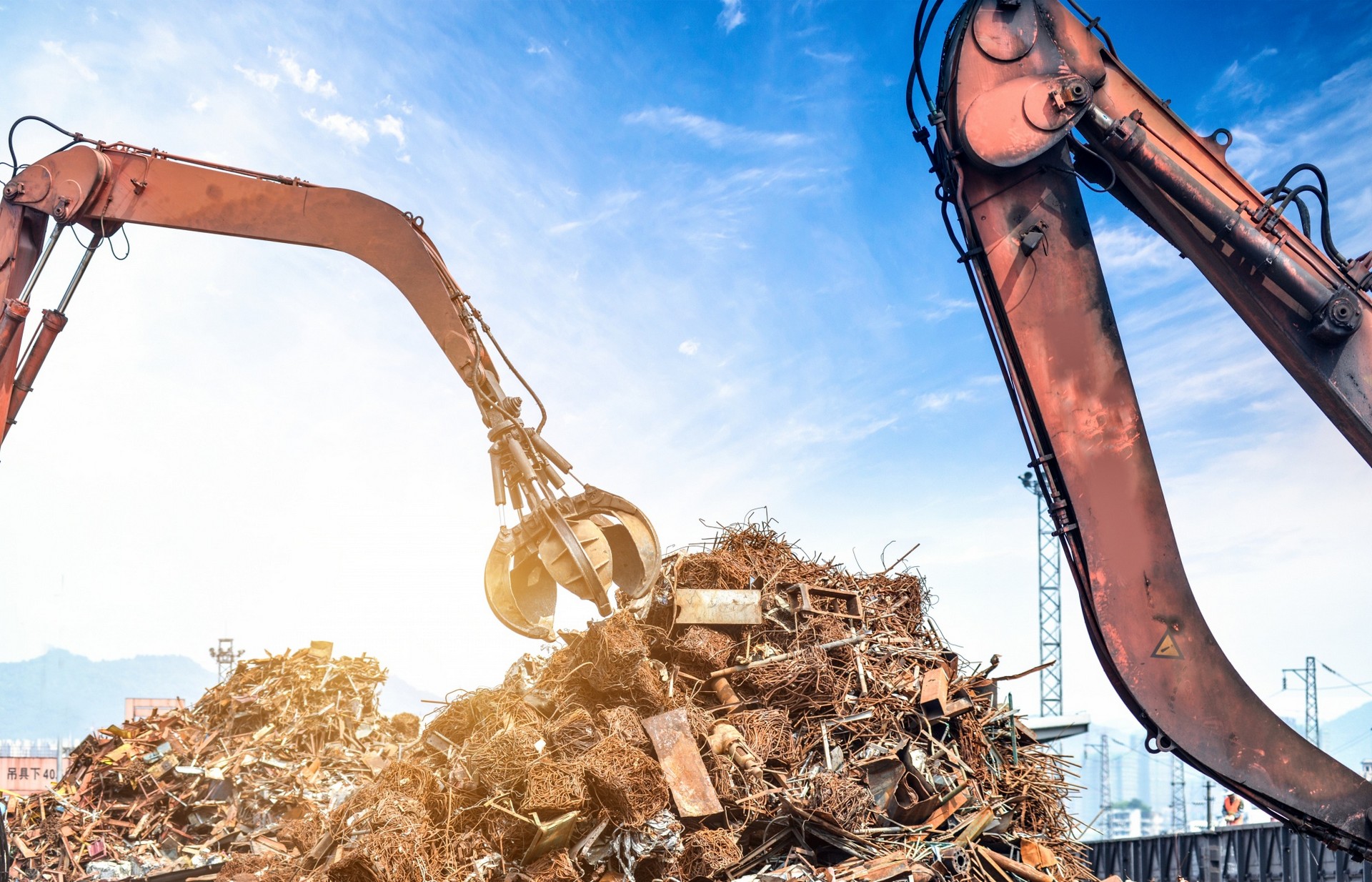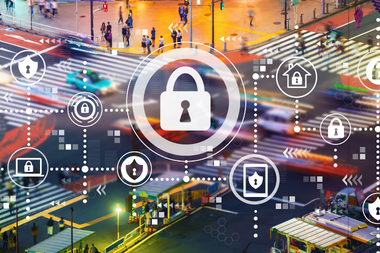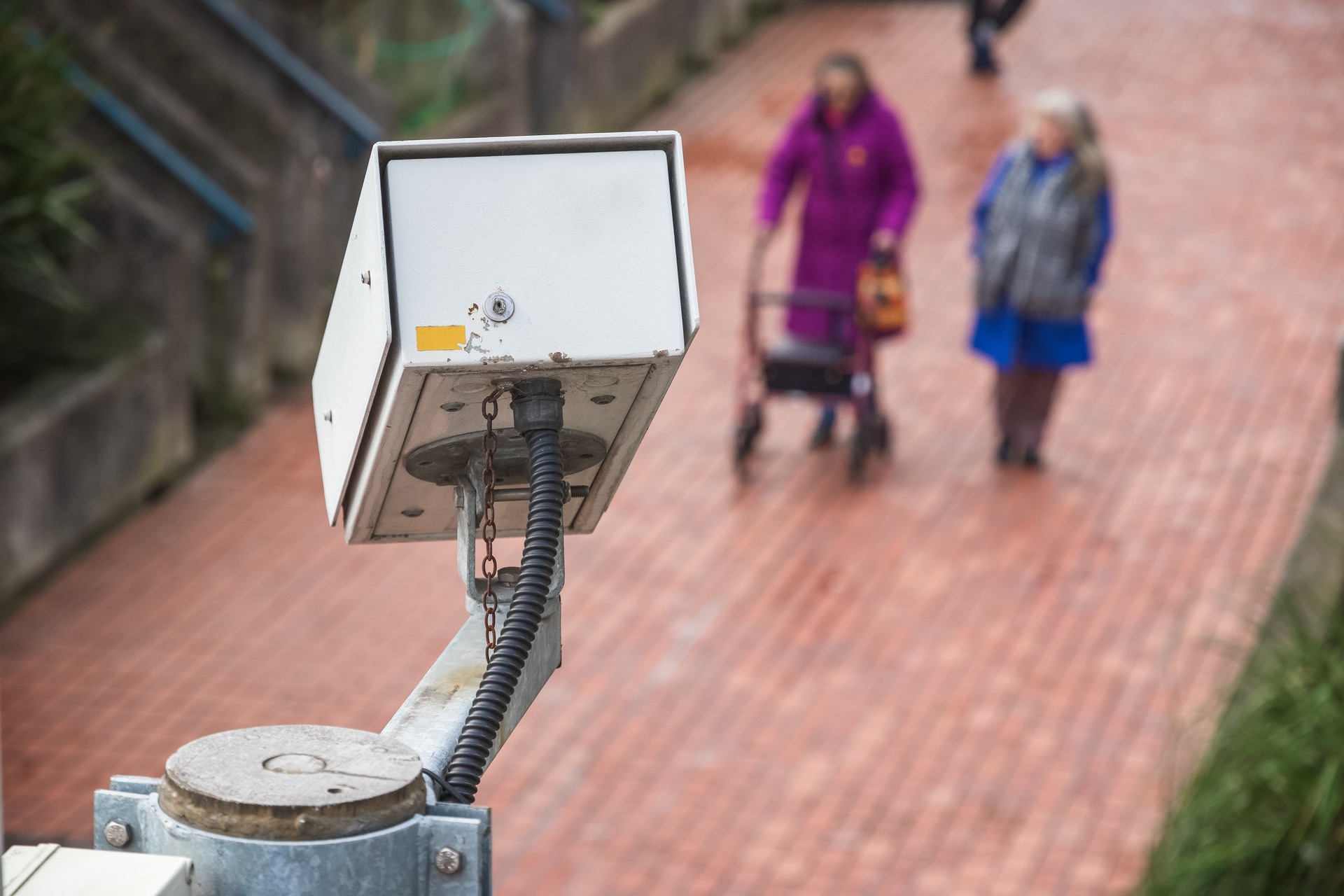Author | Marcos Martinez
It is 8:00 p.m. in Smart City and the Sun is going down. Various areas light up on the Emergency Control Centre screen. They are simply messages to indicate that various automated emergency systems are up and running. Police vehicles are called to specific districts, an ambulance sets off and a fire warning is issued.There have not been any altercations yet, nobody has been injured and there is no fire. But the series of algorithms that help to manage the workload have seen behaviours on social media and they trigger police alarms, an activity tracker has identified abnormal cardiac patterns and an area near the city has a low relative humidity. The city is awake.
Thanks to Smart Emergency Response Systems (SERS), the speed and efficacy of emergency responses have improved. These systems use artificial intelligence, the Internet of Things, and data analysis to enable a rapid and coordinated response by emergency services, helping to prevent disasters.
WHAT DOES AN EMERGENCY SYSTEM DO?

Emergency response systems are crucial in smart cities because they can identify emergencies and deploy the necessary resources to resolve problems in real time. Emergency systems are made up of:
- IoT sensors that monitor air quality, water levels, and temperature to detect changes in real time and help prevent disasters.
- Artificial intelligence is used to analyze the collected data and detect anomalies and patterns that indicate an emergency.
- Real-time communication with instant information transmission systems is established between emergency teams and through mobile apps and digital platforms with the population.
- Resource management is facilitated through software to ensure the efficient allocation of emergency teams, such as firefighters, ambulances, and police officers. Additionally, traffic management helps reduce the response time of emergency vehicles.
- Automation and autonomous response utilize drones and robots to perform more dangerous tasks.
Tasks coordinated by a modern emergency system can go far beyond theft or fire alarm warnings. For example, “Gunfire locator” is a gunfire detection system, which consists of microphones located in the city of Oakland (California, United States). If a gunshot is detected, an algorithm triangulates the position and sends the nearest patrol car. Since 2012, when the system was installed, firearm “incidents” have dropped from 671 per square mile to 228, 66%.This is one of the hundreds of projects that cities are testing for their emergency control centres. Often these offices tend to integrate all types of emergencies and, for years now, they are grouped together under a single freephone number 112 in the European Union, 911 in the US, etc.Therefore, when an event of any sort occurs, the emergency is addressed from the same coordinated place, thus integrating the police force, the fire department and health care services.
What a call to the emergencies triggers

A phone call to the emergency services triggers an emergency response protocol following very strict guidelines. Generally, the order of action is as follows:
- Collect information: what is happening and where
Trained personnel must record the place and the event during this initial contact, while interacting with the potential victims and providing immediate support. Very often the victim or the witnesses may not know exactly where they are located and, while they need to be located with vague references, personnel also need to know how to remain calm and inform other experts.
- Notifying in real time
While locating the event, as more details are obtained, the telephone operator transfers part of the responsibility on to other specialist teams. An example of this is on roads, once the type of traffic accident and the seriousness thereof has been identified, the ambulance service (health care) is notified, traffic agents (to coordinate the traffic) and, sometimes, the fire department (to extinguish fires, use shears, remove vehicles).
- Eliminating duplicities
Very often phone calls concerning the same event are made simultaneously, occupying various lines and using what are already scarce resources. Therefore, they need to be filtered one by one in order to optimise these resources and, minutes later, review the assignment of these.
- Transferring calls to specialist departments
Once the event has been located and resources have been assigned (sometimes before), the call is often transferred to another specialist. The person on the other end may need specialist assistance. For example, medical care, if a tourniquet or resuscitation is required. This expert will give remote instructions.Today, much of the work is carried out manually. From receiving the call, notifying other members or transferring the call to other experts. Together with priority management or emergency triage and other types of assignments by areas. But automation is not far away.
POLICE ROBOTS IN PROBLEMATIC AREAS
The use of robots to enhance security is becoming increasingly common, especially in smart cities. These robots include Maibao, developed by the Beijing Aerospace Automatic Control Institute (BAACI), which patrols the most problematic streets and neighborhoods of Beijing. Its 1.7 meters in height allow its “eyes” (cameras) to observe and perceive any criminal conduct. Once a threat is identified, Maibao alerts the emergency system, automating the call phase, but it is also capable of following suspects, recording them, and even serves as a police loudspeaker to deter delinquents.
Also in China, this time in Handan, a number of similar robots are in charge of policing and traffic management tasks.
AUTOMATED AMBULANCES?

Numerous cities have initiated projects featuring automated ambulances aimed at improving the efficiency of medical emergency responses. These ambulances reduce arrival times and enhance the quality of medical care provided during transit.
The University of Texas is developing autonomous ambulances equipped with AI for navigation. Similarly, the University of Melbourne, in collaboration with numerous tech companies, has designed autonomous ambulances featuring V2X (vehicle-to-everything) communication technology and advanced navigation systems.
The German firm ZF has developed an autonomous ambulance capable of performing medical interventions while transporting patients. It is equipped with telemedicine and health monitoring systems. It is still in the trial phase. Trials have also been conducted with automated ambulances in Dubai. These ambulances feature advanced navigation systems and AI for traffic management, allowing traffic lights to switch to green to facilitate their passage.
It seems feasible for automated ambulances to drive around streets in neighborhoods that are statistically more likely to see an incident. Dubai, Philadelphia or Shanghai use data stored in official records to guide their police patrols. We have even reduced the number of criminals by fifty per cent by suffocating “hotspots” with a police presence. The digital transformation of emergency services may also have a major long-term impact. By using contrasted data through the use of Big Data to identify trends and extrapolate causes, cities can make progress in crime prevention, replacing repression (controversial for citizens and financially expensive) with prophylaxis.
SMALL STEPS THAT SAVE LIVES

Regardless of the level of digital transformation of each modern city, the truth is that a large number of decisions are made based on databases, and if an algorithm makes a decision, it is important for people to trust them. If a fire engine’s navigator establishes a route, the personnel onboard must trust that it is optimized, even if they think there may be another possible route. This type of trust, delegating some decisions to machines, is critical in emergency management, and we are adopting them slowly but steadily.
Numerous countries already have Smart Emergency Systems in operation, including the following examples:
- In Japan, an early earthquake alert system is in place, utilizing a network of seismic sensors that provide warnings when seismic waves are detected approaching populated areas.
- In Switzerland, drones equipped with thermal cameras, sensors, and AI are used to analyze images and locate and rescue people who have suffered accidents in mountainous areas.
- In the Netherlands, flooding is prevented through a comprehensive water monitoring system, which includes automated dikes and water level sensors.
- In London, fire services use sensors to monitor hydrants and pipes, ensuring they have access to water in the event of a fire.
In any event, SERS are essential for guaranteeing the safety of citizens in smart cities.
Images | Nathan John, Mathurin NAPOLY / matnapo, Walter Dziemianczyk, JC Gellidon, Nick Fewings






















































